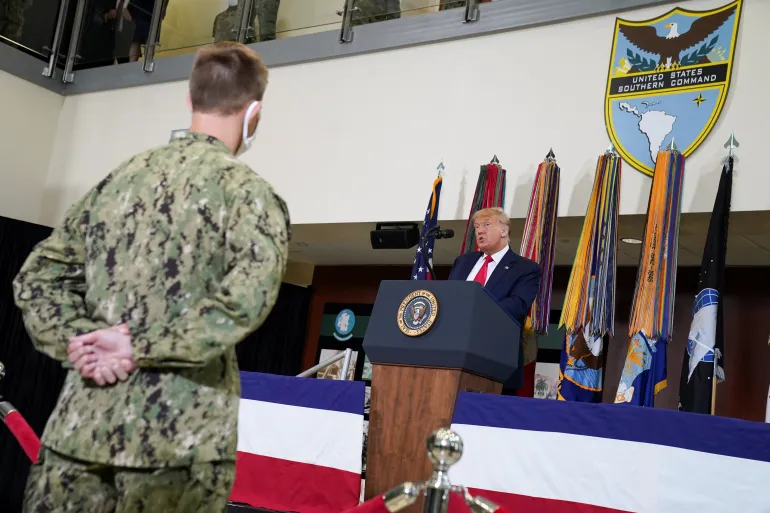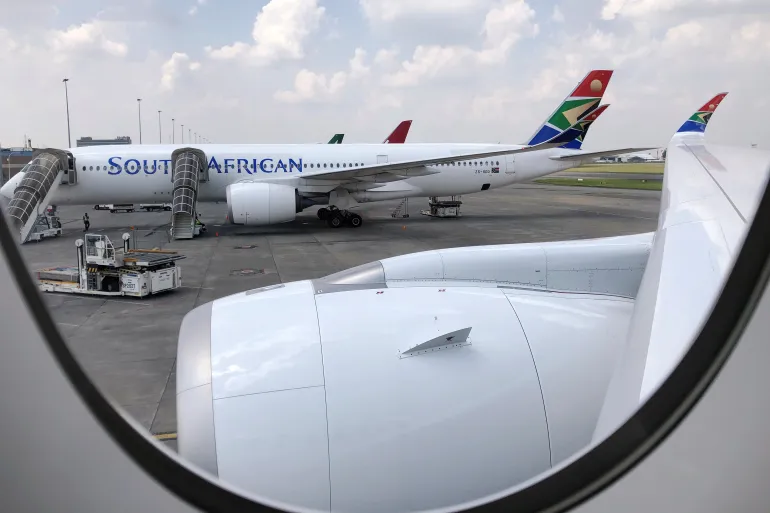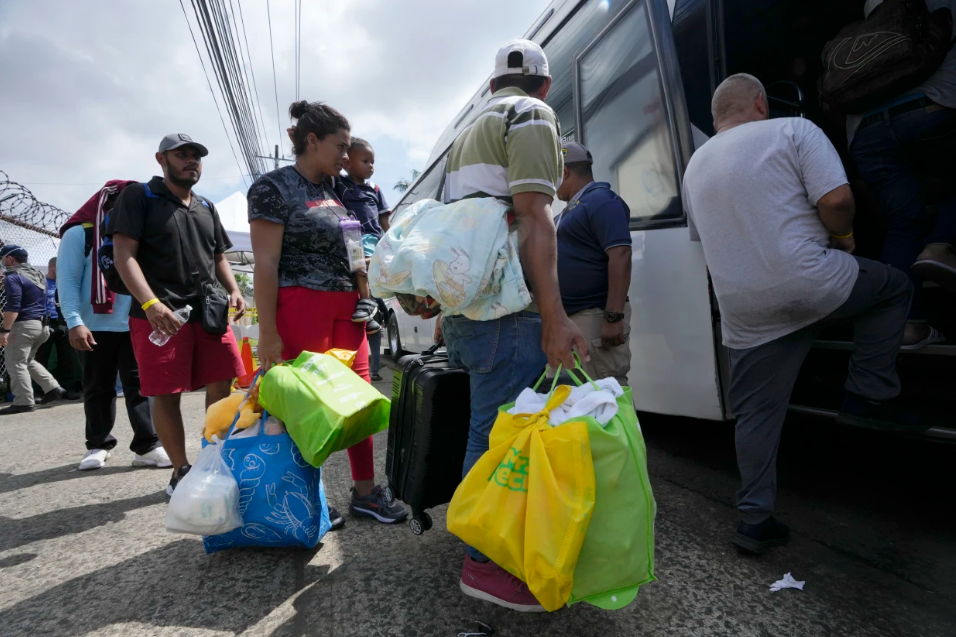US Sends Plane of Iranians Back to Tehran After Quiet Deal — With More Deportations Likely
The Trump administration has deported a planeload of Iranians after striking a behind-the-scenes deal with Tehran, officials from both countries say — a stark signal that the White House intends to press removals even to countries with grim human-rights records.
A US-chartered flight carrying roughly 100–120 people took off from Louisiana on Monday night and was due to reach Iran via Qatar as early as Tuesday, according to Iranian officials involved in the talks and a US official familiar with the plan. All spoke on background because they weren’t authorized to discuss details. ICE later confirmed the operation was in its final stages.
Who, exactly, was on board remains murky. Iranian officials say the group included men and women — some couples — and that in some cases people agreed to go after months in detention, while others did not. Many had crossed into the US through Mexico in recent years; some, an Iranian diplomat claimed, even held US residency documents. In nearly every case, asylum bids had been denied or hadn’t yet reached a judge.
Tehran is framing the returns as routine cooperation. Hossein Noushabadi, a senior foreign ministry official, said the US aims to deport about 400 Iranians in total, with the first ~120 already in motion. He added that returnees left Iran legally and would be “welcomed,” while urging Washington to respect their rights.
Washington, for its part, isn’t hiding the broader goal. A White House spokesperson pointed to President Trump’s pledge to carry out the largest mass deportation of people lacking legal status in US history, using “all the tools” available. The State Department kicked inquiries to Homeland Security.
The flight marks an unusual moment of cooperation between two governments otherwise locked in hostility. For decades the US struggled to deport people to countries like Iran because of diplomatic freezes and the difficulty of securing travel documents — often leading to prolonged detention or release inside the US That obstacle appears to be easing after months of back-channel talks.
Rights advocates are alarmed. Iran’s record — jailing dissidents, women’s rights activists, journalists, lawyers, religious minorities, and LGBTQ people — makes it one of the least safe destinations for forced returns. Lawyers say the administration is pushing removals even when persecution claims are still in flux, and warn that verification promises from Tehran carry little weight on the ground.
Context matters here. More Iranians have been showing up at the southern border, many seeking protection on political or religious grounds. At the same time, Tehran is grappling with a bruising economy — a plunging currency, high inflation, power and water cuts — and the bite of renewed international sanctions. That backdrop doesn’t exactly reassure people being sent back.
Bottom line: a quiet deal produced a very loud message. The US is willing to deport to Iran — and plans to do more. Whether the promised safeguards hold for those on the plane, and for the hundreds reportedly next in line, is a question that will now follow them all the way to Tehran.
With input from the New York Times, Axios, CNN, and Reuters.









The latest news in your social feeds
Subscribe to our social media platforms to stay tuned